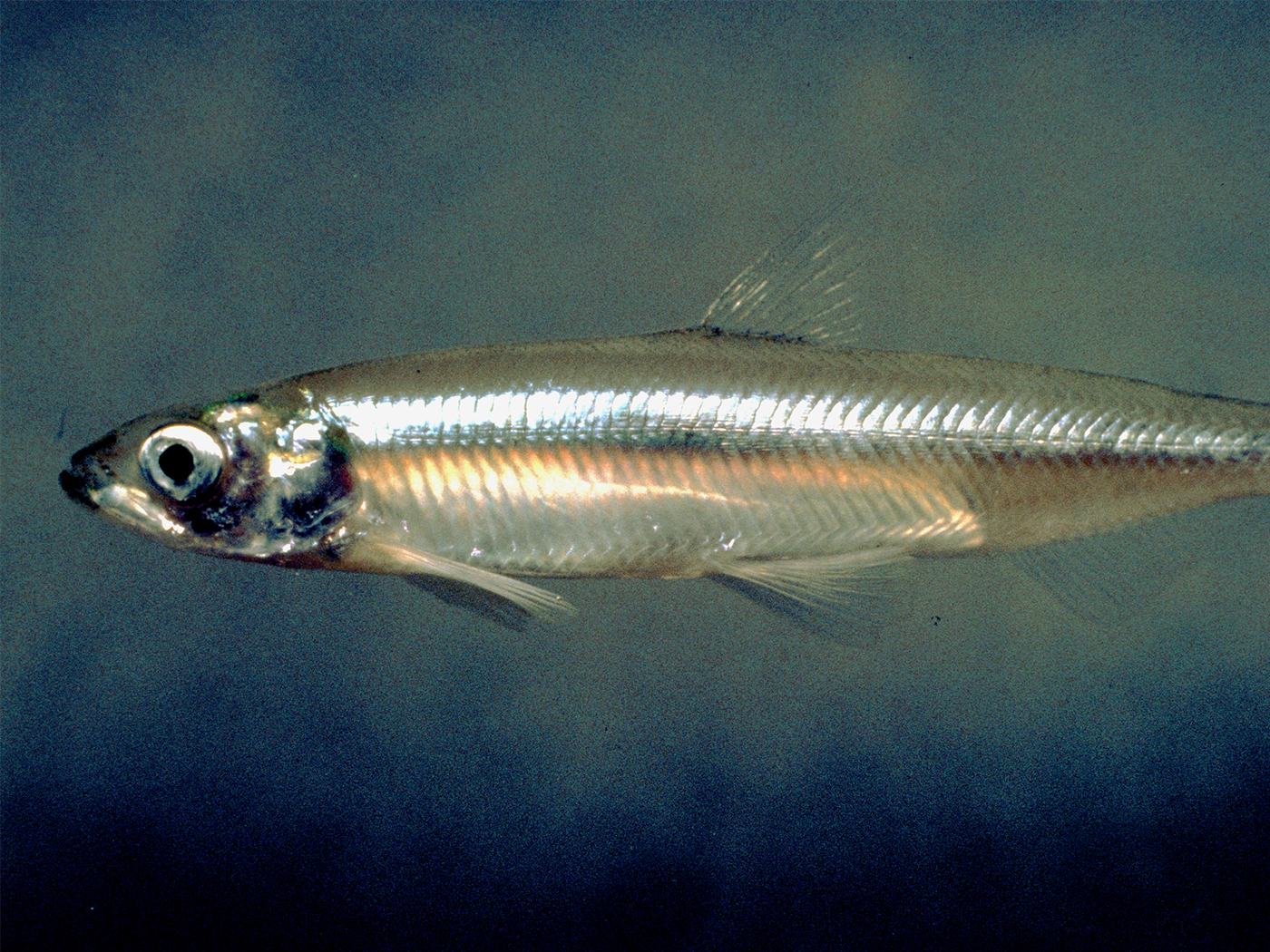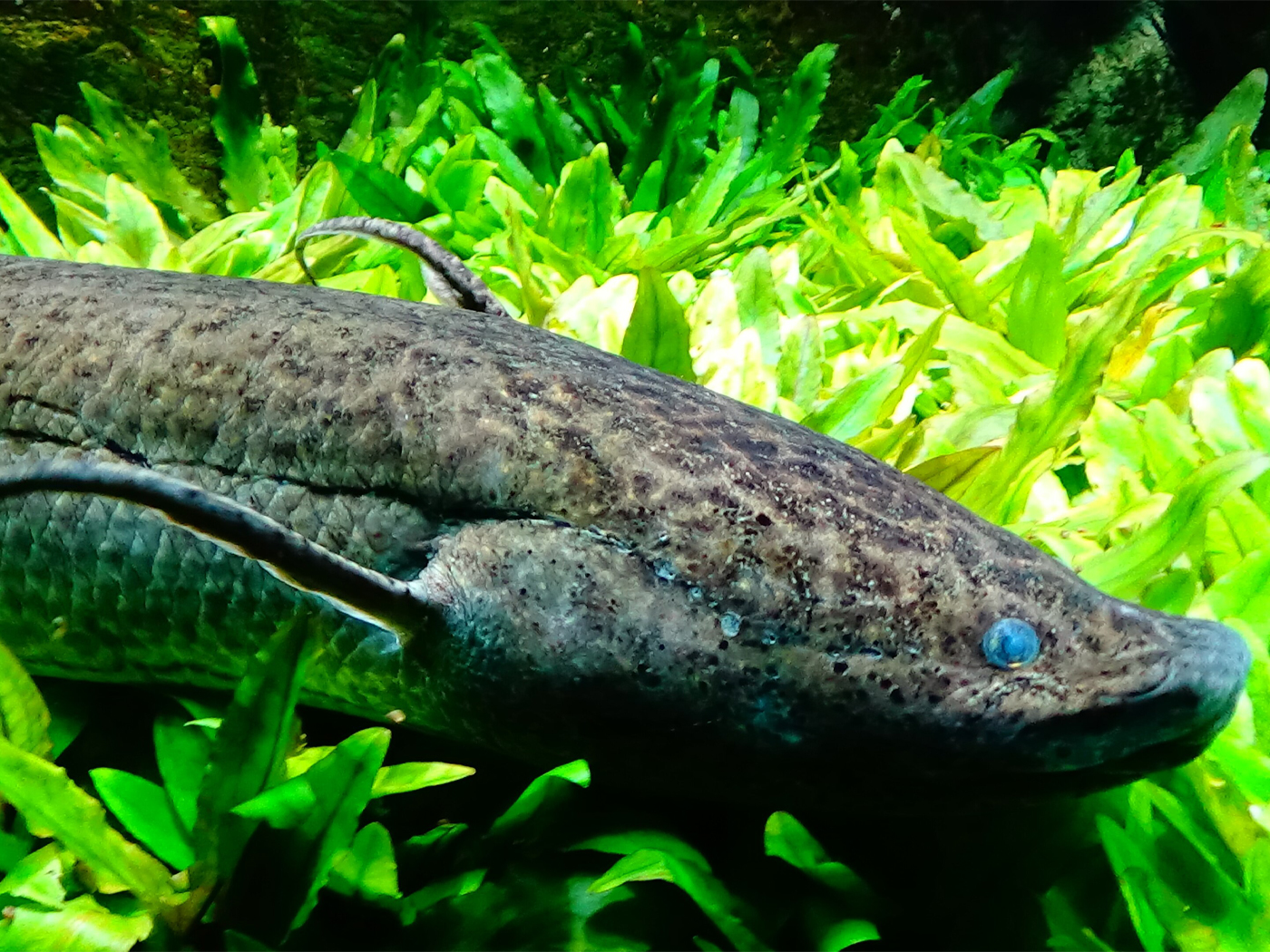Chinese giant salamanders are the largest in the world, with some in recent history growing as long as six feet. Lately, however, this unique amphibian has been driven toward extinction through loss of habitat and other factors. Fifteen of the few remaining specimens were recently lost at the World Expo 2010 in Shanghai, dampening hopes for recovery efforts.1
According to China's Global Times, the giant salamanders were put on display at the Shaanxi Pavilion in July, the hottest month in Shanghai. The creatures were conditioned to life in cool mountain streams and they suffered in the heat. Air conditioning was turned off in the evenings, so ice was sometimes added to the tanks to cool the water overnight.
The caretakers' efforts proved inadequate. Dai Mingheng, chairman of the company that provided the largest salamander for the exhibit, told the Global Times, "We didn't have enough experience since it was the first time we attended the exhibition. We should have taken emergency situations into consideration."1
For years, scientists have known of declining numbers of amphibians worldwide, including frogs and salamanders. A list of likely contributing causes appeared in the 2003 Cambridge conservation book Reproductive Science and Integrated Conservation, including "habitat degradation, pollution, acid rain, ultraviolet irradiation, pesticides, predators, competition from introduced species, climate changes, and disease."2
But aren't these environmental changes identical to "selective pressures" that are supposed to generate evolutionary progress? For example, a 2008 study stated that "rapid climate change has been implicated as a cause of evolution in poorly adapted populations."3 Another study declared that "rapid climate change is likely to impose strong selection pressures on traits important for fitness."4
Regarding ultraviolet radiation, one evolutionist claimed that "human biology was probably optimized through natural selection for a sun-rich environment."5 In sum, it is assumed that evolution can be caused by "factors such as food resources, climate, habitat, and interspecies interactions such as disease, competition, and behavioral interference."6
There seems to be a disconnect between biologists' stories about how external factors "act" to produce evolutionary advances and news stories about creatures being threatened by some of those very same factors.
The Cambridge list is missing a major contributor to the last stages leading to extinction: "mutational meltdown."7 Geneticist John Sanford wrote on the subject in his book Genetic Entropy and the Mystery of the Genome. Simply having a small population size can decrease the quality of genetic strength to the point that there are no longer enough high-quality genes to overcome such problems as environmental challenges, accumulating mutations, or the random shifts in gene structure that occur in each generation.
In Japan, giant salamanders have experienced an increase in numbers due to strong conservation efforts since 1971. But a 2008 study found that even these have "reduced genetic variability" and that "the species is thus susceptible to extinction by potential environmental fluctuations, and requires extensive conservation measures."8 They are susceptible because of their decaying genes.
The story in China is worse. Plummeting salamander populations are accelerating the extinction process. It appears that the Chinese giant salamander is on its way out, and the Shanghai Expo certainly did not help the situation.
These observations concur with the scientific principle of genetic entropy, which describes the relentless decay of genomes over time. They also concur with Scripture, which says "that the whole creation groaneth and travaileth in pain together until now."9 They most definitely do not, however, support an evolutionary development of life on earth.
References
- Jingyin, D. 15 rare giant salamanders die at Shanghai Expo due to heat and noise. Global Times. Posted on china.globaltimes.cn October 13, 2010, accessed October 19, 2010.
- Holt, W. V. et al, eds. 2003. Reproductive Science and Integrated Conservation. Cambridge, UK: Cambridge University Press, 360.
- Charmantier, A. et al. 2008. Adaptive Phenotypic Plasticity in Response to Climate Change in a Wild Bird Population. Science. 320 (5877): 800-803.
- Gienapp, P. et al. 2008. Climate change and evolution: disentangling environmental and genetic responses. Molecular Ecology. 17 (1): 167-178.
- Vieth, R. 2006. What is the optimal vitamin D status for health? Progress in Biophysics and Molecular Biology. 92 (1): 26-32.
- Schluter, D. 2009. Evidence for Ecological Speciation and Its Alternative. Science. 323 (5915): 737-741.
- Sanford, J. C. 2005. Genetic Entropy and the Mystery of the Genome. Lima, NY: Ivan Press, 96.
- Matsui, M., et al. 2008. Reduced genetic variation in the Japanese giant salamander, Andrias japonicas (Amphibia: Caudata). Molecular Phylogenetics and Evolution. 49 (1): 318-326.
- Romans 8:22.
* Mr. Thomas is Science Writer at the Institute for Creation Research.
Article posted on October 26, 2010.













